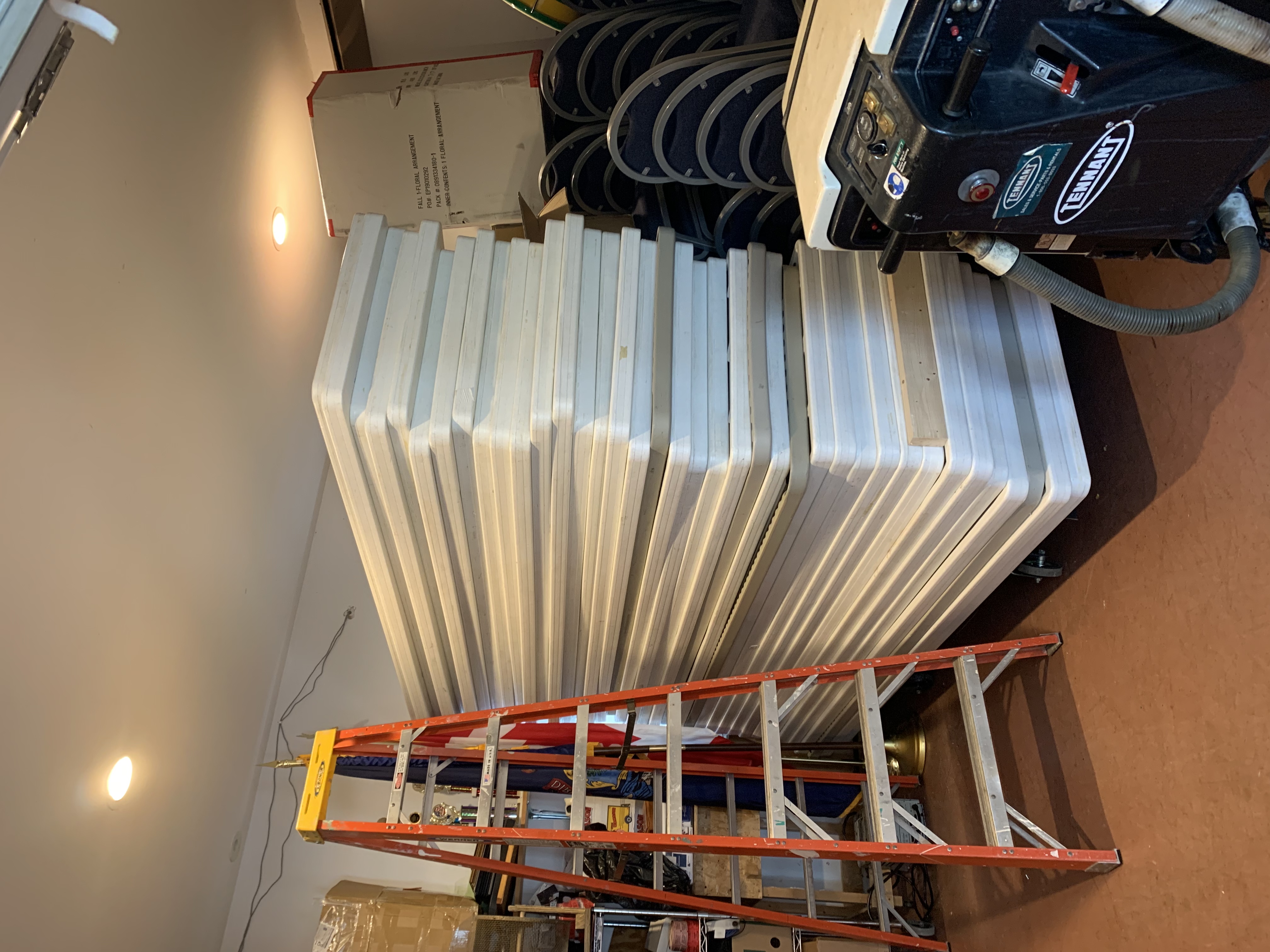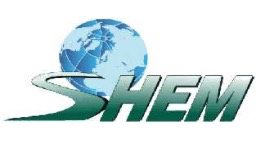Title Page
-
Monthly Eye wash shower inspection
-
Coats
-
Conducted on
-
Paul Brown
Eye wash / shower inspection
Bonding
-
J 43 Carbon fiber room Portable eye wash
-
Expiration date
-
R 39 Bonding multi pass
-
Q 47 Bonding Eye wash / shower
-
J 46 Bonding EYE wash
-
P 46 Bonding Eye wash/shower
CTC / QC
-
QC 1 Quality control Eye wash
-
CTC 1 Eye wash
-
CTC 2 Eye wash
-
CTC 3 Eye wash
-
CTC 4 Shower
Dye house
-
E 27 Dye House Eye wash
-
DR 1 Drug room Eye wash / shower
-
DR 2 Drug room Eye wash/ shower
-
J 28 Dye House Eye wash/ shower
-
A 27 Dye house lab Eye wash / shower
-
A 30 Dye House Eye wash / shower
-
A 26 Dye house lab Eye wash / shower
FHP
-
A 40 Fancy cord portable eye wash
-
Expiration date
-
C 32 FHP Portable eye wash
-
Expiration date
Finish winding
-
R 34 SEY Eye wash
-
J 37 PT winding Eye wash
Maintenance
-
DB 1 Dye House basement Eye wash / shower
-
DB 2 Dye house basement Eye wash
-
J 55 Batt Eye wash/shower
-
G 57 Batt Eye wash / shower
-
LR 1 Lube room Shower
-
J 19 Boiler room Eye wash
-
J 15 Filter plant Eye wash
-
K 12 Filter plant Eye wash
-
K 15 Filter plant Eye wash
-
FPB 1 Filter plant basement Eye wash
-
O 31 Maintenance shop Eye wash / shower.
-
L 23 Tank farm Eye wash / shower
-
QH 1 Quonset hut Eye wash
Miscellaneous
-
A 19 Pallet lab Eye wash / shower
-
HS Nurse room Eye wash
RWB
-
D 50 Ready wounded bobbins Eye wash
S&T
-
A 11 S&T Eye wash
-
B 24 CFM Eye wash
-
Tools needed and how to inspect.
1. Bucket
2. Cup
3. Ink pen
4. PM
Emergency eyewash and safety showers are required in areas where personnel can come into contact with hazardous materials that could harm eyes or skin. All eyewash and shower stations must be inspected monthly and the results logged (see Emergency Eyewash Test Record Form).
Plumbed Eyewash Stations/Showers
Fed from the domestic water supply
1. Ensure eye wash/shower is clear of obstructions and easily visible from all directions (adequate signage).
2. Flush monthly, and record the flushing on the Emergency Eyewash Test Record Form.
3. What to check when flushing:
a. Eyewash protection caps must be in place and in good condition.
b. The ON/OFF valves must be operational, activated by a single motion.
c. Water flow remains ON when the operator removes his/her hand.
d. Water flows freely and is directed at the proper angles to flush the eyes or body as appropriate.
4. Run the eyewash/shower for five seconds. The running (or collected) water must be clear:
a. If the water is clear, turn off water and sign the inspection tag. b. If the water is cloudy, discolored, or contains sediment, start another five-second flush; stop; and then continue flushing at five-second intervals until the water flushes clear. Then initial the inspection tag.
5. Ensure the water used for flushing was captured in a suitable container (such as a plumbed drain, bucket, or large rolling waste can). If any water was spilled on the floor, dry the area before leaving to prevent a slipping hazard.
Note If a plumbed eyewash station does not run clear after repeated flushings, contact the Safety Department immediately.
-
Add signature
-
PM Date completed









